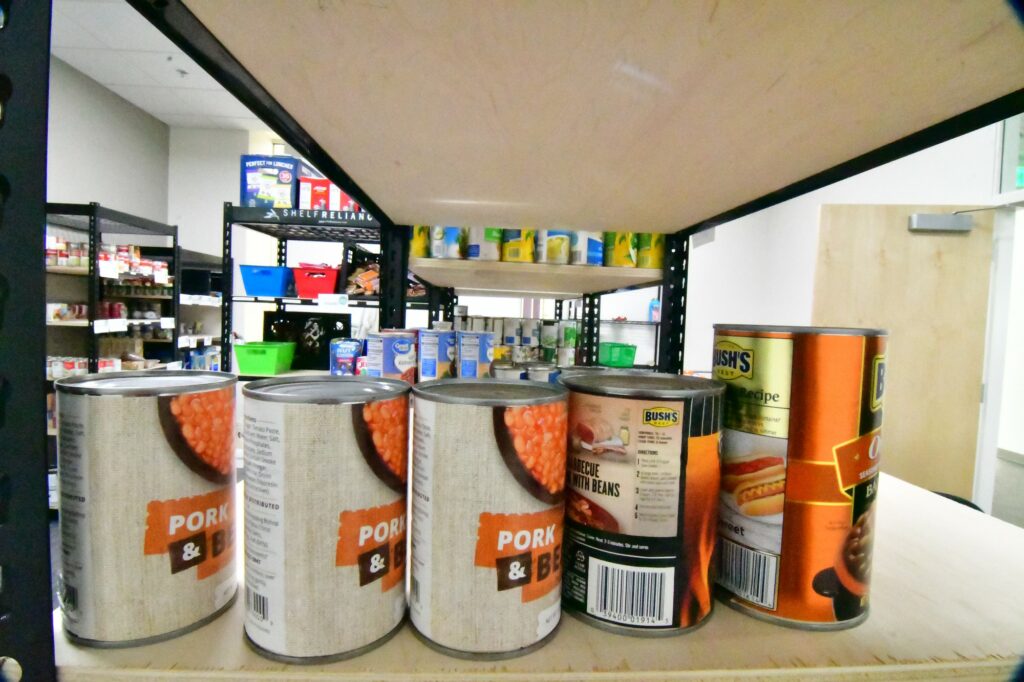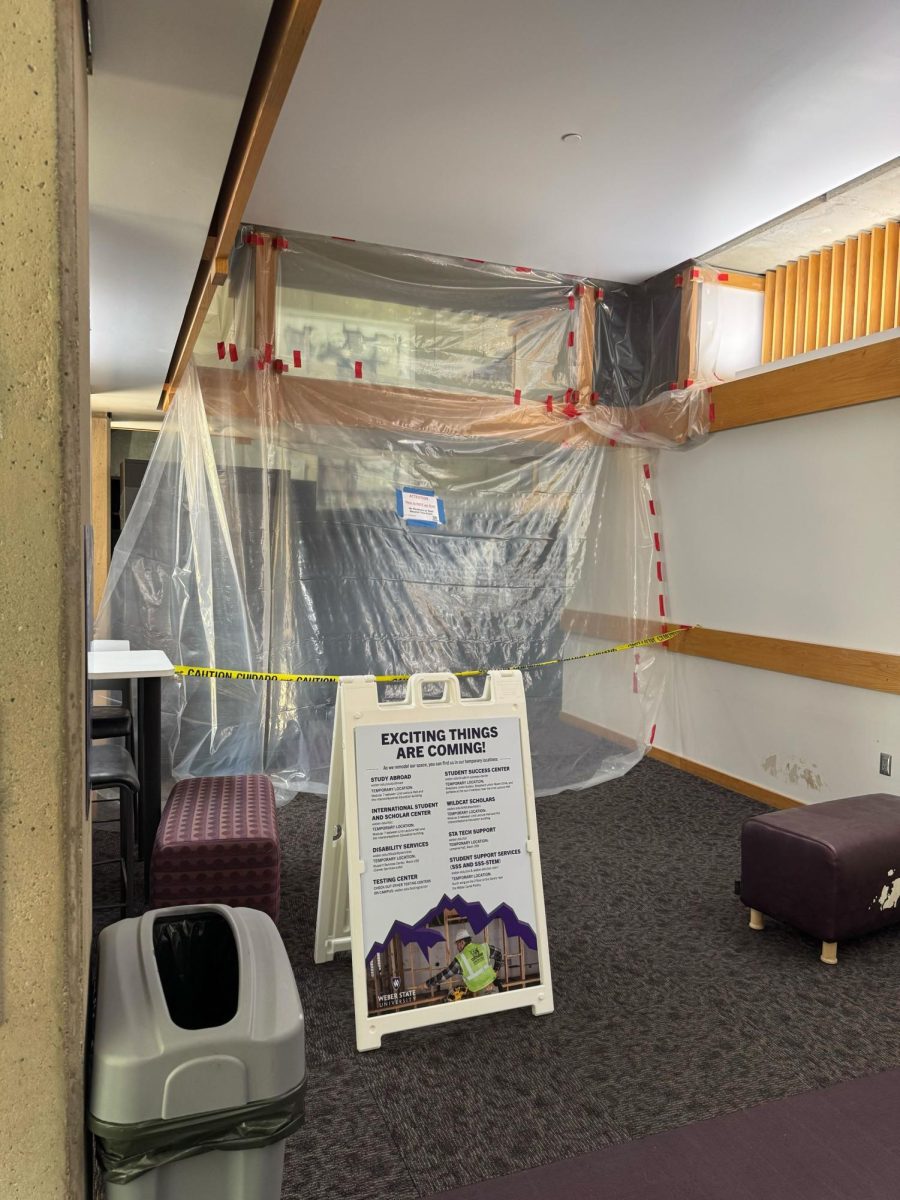The Community Research Extension from Weber State’s Center for Community Engaged Learning surveyed all 16 Utah System of Higher Education schools and found almost 40% of students faced food insecurity within the last year according to a press release from WSU. The percentages are higher in underprivileged student communities.

At Weber, over 37% of students experienced food insecurity in the past year, with 21% experiencing very low food security.
The survey was conducted during the fall 2021 semester and chose a random sample of more than 5,600 students statewide. Yesenia Quintana, who served as the primary investigator for the survey and is the evaluation and community research supervisor for CCEL, said this is the first time USHE schools have participated in national food security surveys.
“Hopefully, with this report, we can start dispelling some of that narrative around hungry college students,” Quintana said in Weber State’s press release. “There’s all kinds of jokes around students eating ramen and cereal for dinner. It’s not very funny when you think about it, the fact that many college students are hungry.”
At about 47%, first-generation students across all USHE schools are almost 13% more likely to experience food insecurity than non-first-generation students. In addition, students of color are nearly 48% food insecure, with only 36% of white students reporting the same.
Nearly 61% of non-binary students are food insecure, and female students are almost 5% more likely to experience food insecurity than male students.
Students living in homes with domestic violence are 67% food insecure. Students responsible for the care of their siblings are nearly 68% food insecure, and those who take care of their parents or grandparents are 56% food insecure.
Food insecurity also affects a student’s GPA: the average GPA for a food secure student was 3.59, while a food insecure student’s average GPA was 3.40.

Students who require special diets because of medical conditions are at high risk of food insecurity, with 72% reporting they have experienced it. At Weber, almost 70% of students who reported having “poor” health are food insecure.
“Everybody is impacted by food insecurity to a certain extent,” Quintana said in the press release. “A lot of the universities and tech colleges are working to address it on their campuses and providing students with the support they need, but I think the survey shows how prevalent it is.”
Food insecurity can correlate to other areas of insecurity in a student’s life. Almost one-third of food insecure students struggle to pay rent, and one-fourth struggle to pay their utilities. At Weber, nearly 36% of food-insecure students find it difficult to pay rent, and about one-third struggle to pay their utilities.
“Food insecurity is a symptom of poverty that needs to be addressed,” Katharine French-Fuller, director of community research for CCEL, said in the press release. “The numbers help make it real. We need to figure out ongoing, lasting solutions like increasing SNAP enrollment.”
The survey showed full-time employment did not eliminate food insecurity, as 38% of students who work full-time report experiencing it in the last year.
Additionally, over half of students who see people they care about less than once a week are food insecure, meaning it may be connected to social issues like isolation.
Fifty-eight percent of students who reported a high stress level also reported food insecurity. At Weber, the percentage of students disclosing the same stress levels matched the statewide average.
“The WSU Research Extension’s data are so compelling, especially related to specific Utah student populations that we’ve suspected have higher rates of food insecurity,” Brett Perozzi, vice president of student affairs, said in the press release. “We have many programs and support services in place, yet these data help us increase our support and target our outreach efforts to support students most in need.”
About half of food-insecure students in higher ed in Utah do not eat or go hungry to cope with it, but only 15% access food pantries. WSU students matched the overall Utah percentage.
WSU, which operates the Weber Cares pantry in room 224 of the Stewart Library, will use the data to expand outreach efforts.




















